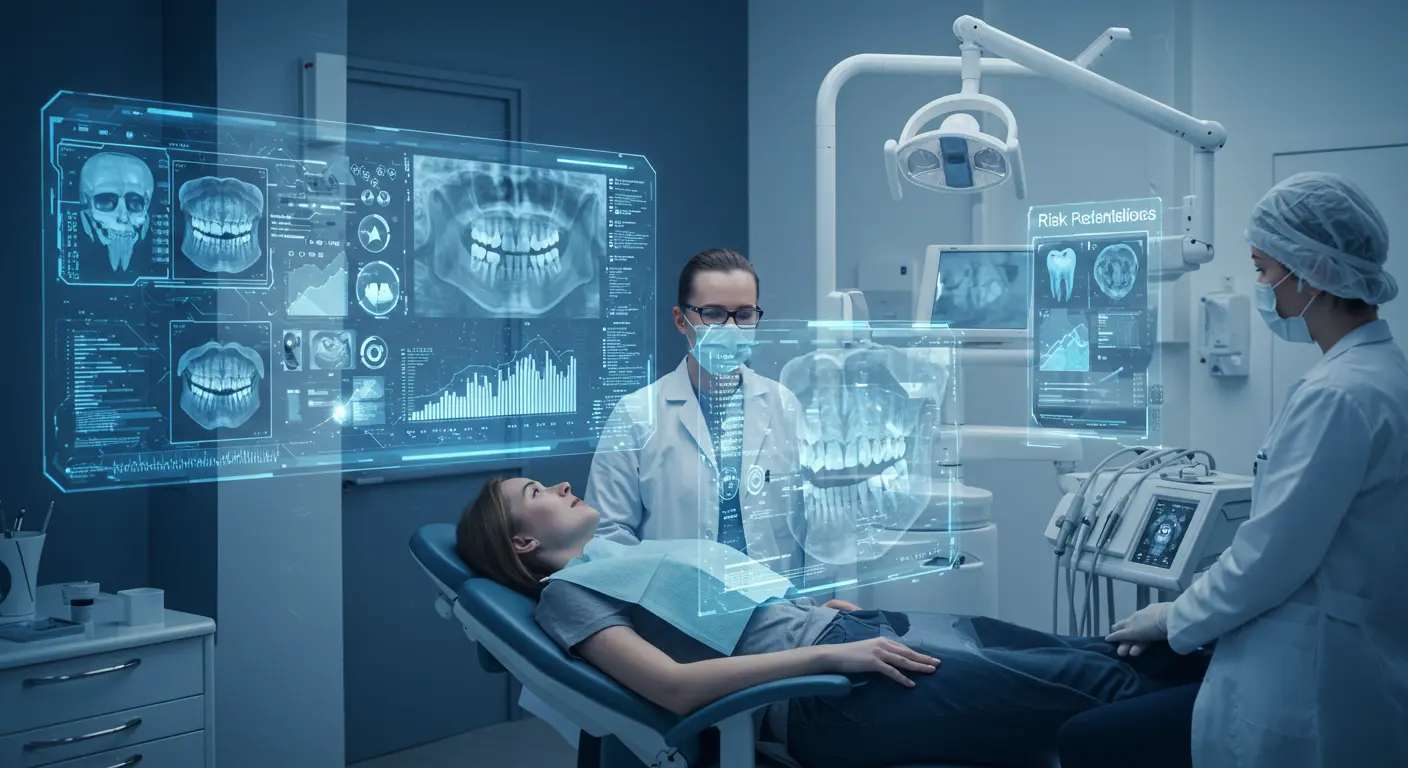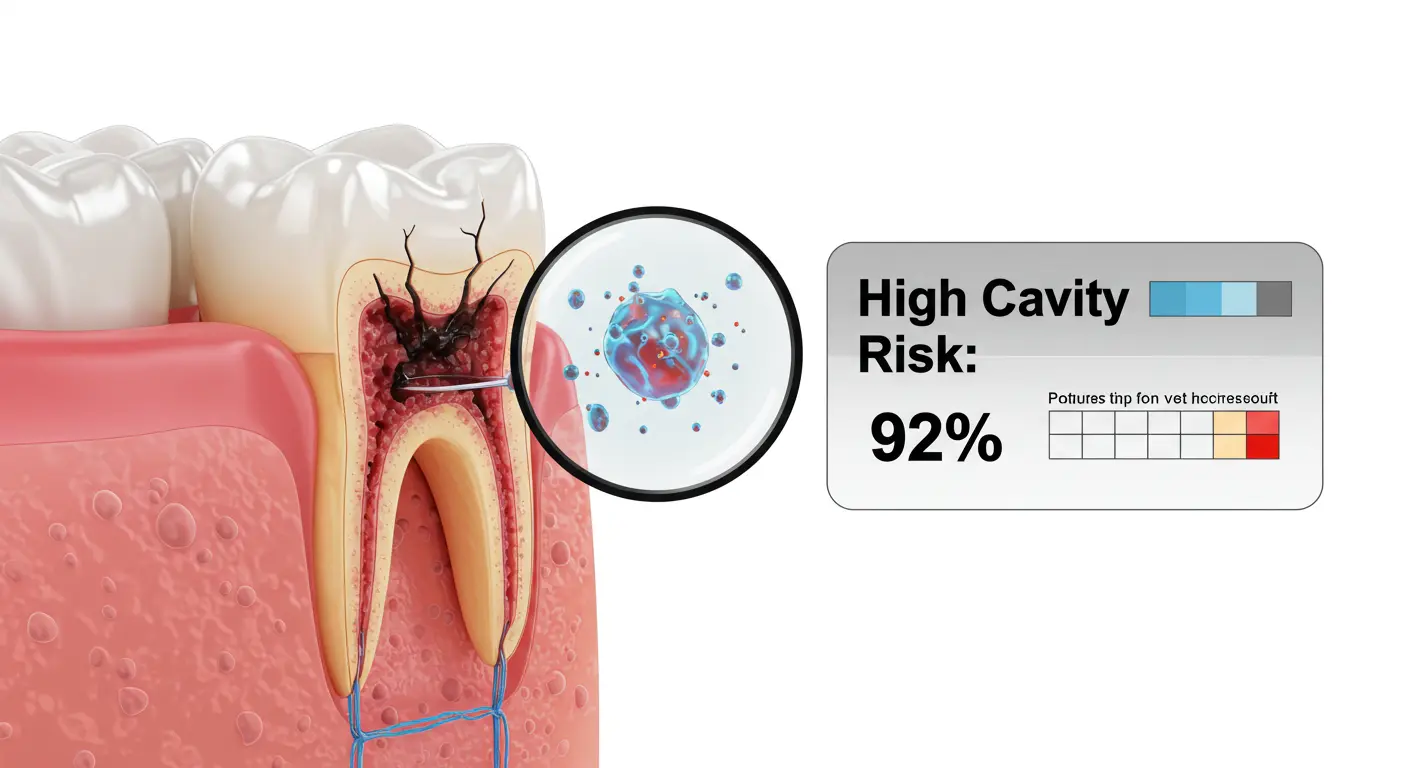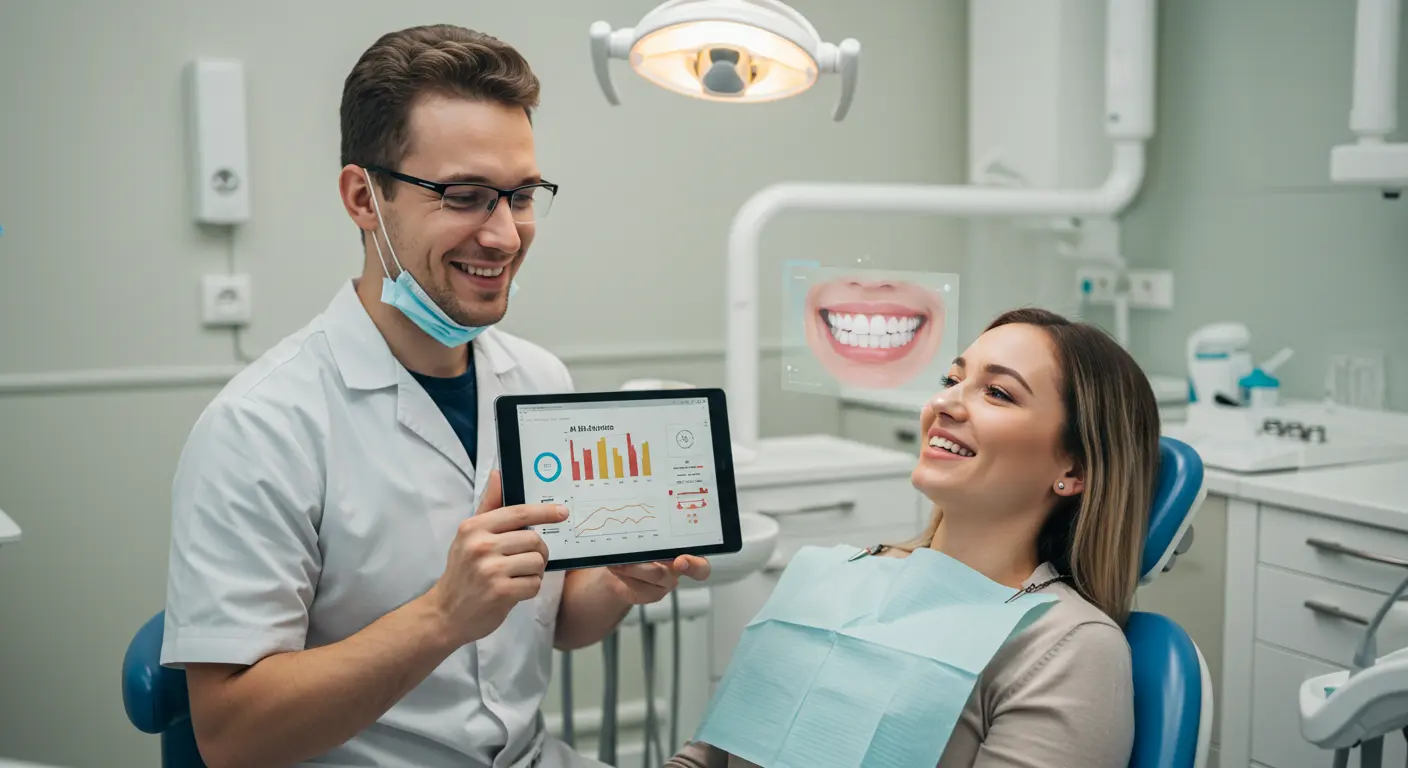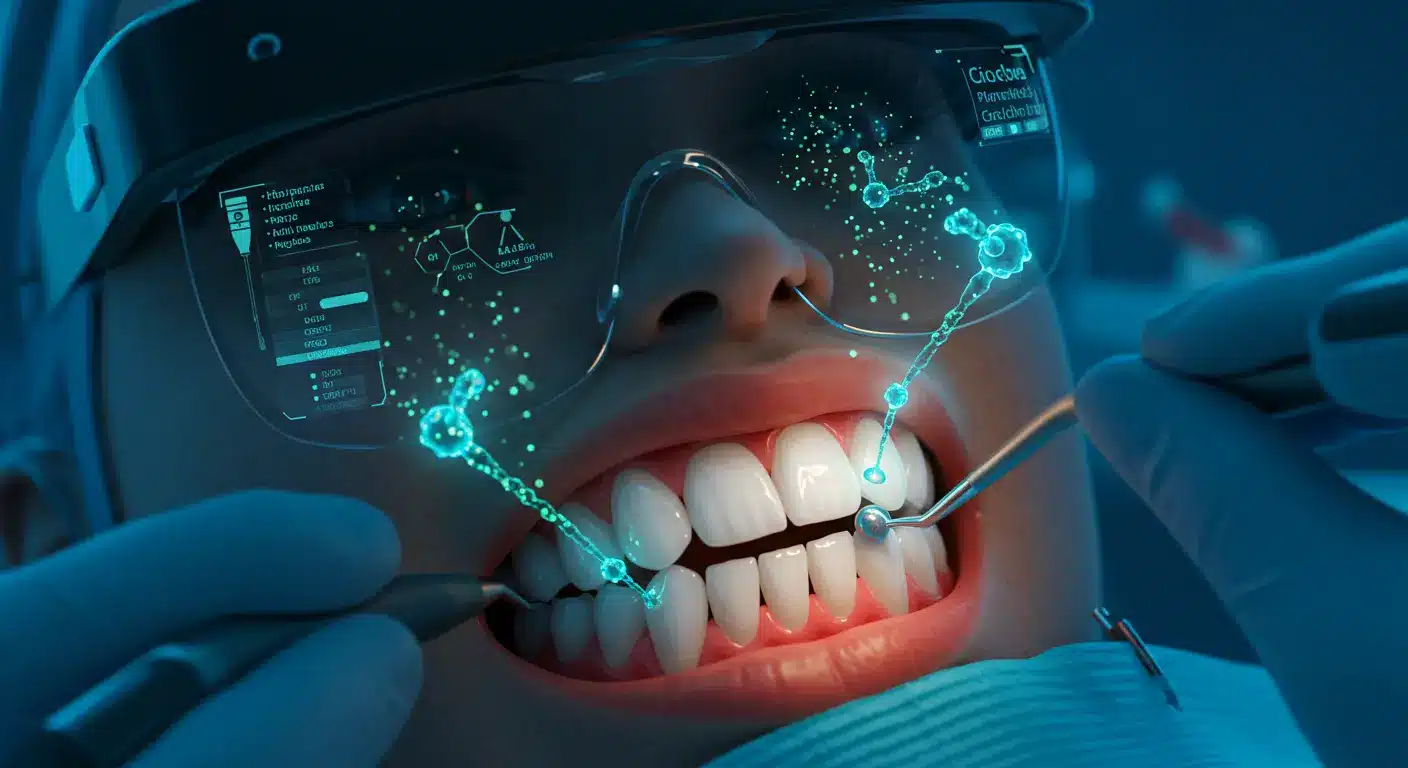The Dawn of AI-Driven Preventive Dentistry
Imagine a world where cavities, gum disease, and dental implant failures are detected before they even manifest symptoms. Thanks to AI Predictive Diagnostics, this future is now a reality. By leveraging advanced algorithms to analyze dental X-rays and 3D scans, artificial intelligence is empowering dentists to identify risks early, saving patients pain, time, and money. With over 3.5 billion people worldwide suffering from oral diseases (WHO), the integration of AI into dentistry marks a seismic shift from reactive treatment to preventive, personalized care.
In this article, we explore how AI Predictive Diagnostics works, its groundbreaking applications in detecting dental issues, and why it’s poised to become the gold standard in oral healthcare.

1. How AI Predictive Diagnostics Work in Dentistry
AI Predictive Diagnostics combines machine learning (ML) and computer vision to interpret complex dental imaging data. Here’s how it revolutionizes diagnostics:
Image Recognition Algorithms: Trained on millions of annotated X-rays and 3D scans, AI systems learn to recognize subtle patterns indicative of future issues.
Predictive Analytics: By cross-referencing patient data (e.g., medical history, lifestyle factors) with imaging results, AI calculates personalized risk scores for cavities, gum disease, or implant failures.
Real-Time Feedback: Dentists receive instant, actionable insights, enabling proactive interventions.
For example, a convolutional neural network (CNN) can detect micro-cracks in enamel invisible to the human eye, predicting cavity formation months in advance.
2. Early Cavity Detection: Stopping Decay Before It Starts
Traditional cavity detection relies on visual exams or manual X-ray analysis, often identifying decay only after it’s visible. AI Predictive Diagnostics changes the game:
Microscopic Analysis: AI examines X-rays at a pixel level, spotting demineralization (early enamel erosion) with 95% accuracy (Journal of Dental Research, 2022).
Risk Stratification: Patients receive a cavity risk score based on factors like sugar intake, oral hygiene, and genetic predisposition.
Preventive Plans: Dentists recommend targeted fluoride treatments or sealants before cavities form.
Case Study: A 2023 trial at Stanford Dental Clinic found that AI reduced cavity incidence by 40% in high-risk patients through early interventions.

3. Predicting Gum Disease: Catching Silent Threats
Gum disease, a leading cause of tooth loss, often progresses silently. AI Predictive Diagnostics identifies warning signs like:
Bone Loss Patterns: AI analyzes 3D scans to detect early alveolar bone deterioration, a precursor to periodontitis.
Gingival Inflammation: Algorithms assess gum color and texture in images, flagging inflammation before bleeding or recession occurs.
Plaque Biofilm Mapping: AI tracks bacterial buildup in hard-to-reach areas, predicting infection risks.
Dr. Emily Torres, a periodontist in Miami, shares: “With AI, we’ve cut late-stage gum disease cases by 30%. Patients get scaling or laser therapy before irreversible damage happens.”
4. Preventing Implant Failures: Precision Through AI
Dental implants have a 95% success rate, but failures due to poor osseointegration or infection remain costly. AI Predictive Diagnostics mitigates risks by:
Bone Density Analysis: AI evaluates 3D scans to determine if jawbone density can support an implant.
Surgical Simulation: Algorithms simulate placement angles, avoiding nerves and sinus cavities.
Long-Term Monitoring: Post-surgery, AI tracks healing progress and flags signs of peri-implantitis.
A 2024 study in Nature Digital Medicine showed AI reduced implant failure rates by 22% through preemptive adjustments.

5. The Benefits of AI in Dental Practices
Adopting AI Predictive Diagnostics offers unparalleled advantages:
Cost Savings: Preventing issues early reduces expensive treatments.
Enhanced Patient Trust: Proactive care builds loyalty and satisfaction.
Workflow Efficiency: Dentists save hours on manual image analysis.
Dr. Raj Patel, a Boston-based dentist, notes: “AI lets us focus on patient care, not paperwork. It’s like having a 24/7 diagnostic partner.”
6. Challenges and the Road Ahead
While promising, AI Predictive Diagnostics faces hurdles:
Data Privacy: Secure handling of sensitive patient data is critical.
Adoption Costs: Smaller clinics may struggle with upfront investments.
Regulatory Hurdles: FDA approval for AI tools requires rigorous validation.
Yet, the future is bright. Emerging trends like real-time AI analysis during cleanings and integration with wearable saliva sensors will further cement AI’s role in dentistry.

Embrace the AI Revolution in Dental Care
AI Predictive Diagnostics isn’t just a tool—it’s a paradigm shift. By predicting cavities, gum disease, and implant failures before they occur, AI empowers dentists to deliver precision-driven, preventive care. For patients, this means healthier smiles and fewer invasive procedures.
The question isn’t “Should we adopt AI?” but “How soon can we start?” Dental practices that leverage this technology today will lead the industry tomorrow.










